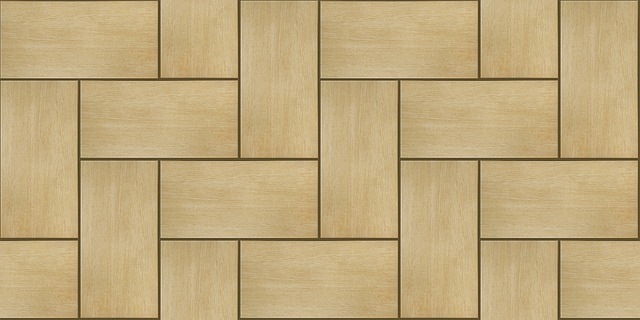
Woodworking is an exciting hobby. It doesn’t matter what you’re creating; you can’t help but get pumped. Though it is not a simple hobby, there are ways to make the process smoother. Practice makes perfect, and you will soon be creating beautiful woodworking projects.
Consider making your own sanding blocks that can be used again and again. Start by cutting six blocks from scrap 3/4″ plywood for every sandpaper grit you generally use. Cut them to 2.5″ by 4.75″. Use some spray adhesive on your blocks and the cork tile. Trim the cork so that it is flush around the edges of the block. Put adhesive on a sheet of sandpaper and apply it on each block of cork. Use a utility knife to trim the sandpaper around the edge of the block. Label each block.
Always stir your stains instead of shaking. Ingredients may have settled onto the bottom as they sat on the shelf. But, shaking may cause unwanted bubbling, and keep the product from mixing well. Stir it well and you shouldn’t have an issue.
When you are budgeting for new projects, don’t forget to set aside money for any tools you need. This can be easy to neglect, since you might just be focusing on the cost of the wood. If your project does indeed require extra tools you don’t have on hand, it can break your budget if you don’t plan for them.
Use the right sized nail for a job. Using improper nails is a common mistake make by beginners. Nails that are too large can cause the wood to split. However, very small nails don’t penetrate the wood enough, also causing it not to hold well. You have to figure out what size nail you need for best results.
Put extra spring in your grip. You might require the use of a spring clamp at times, but you may only be able to use one hand. This isn’t a simple task! You can make it simpler. Before you start gluing anything, take the time to clamp a separate wood piece so that the clamps are already open. That allows you to pop them off and use them with one hand.
Select an appropriate sort of wood for each project. Some woods are better for certain projects than others are. If you haven’t been working with wood for long, take the time to educate yourself on the wood.
Ear protection is vital when you begin a project. Woodworking machinery is very noisy. Hearing loss could be a result if you are exposed to it for too long. It is easy to buy disposable plugs for the ears, or you may decide to buy pricier headphones. Whichever you use, make sure to use them religiously.
Having a beer while enjoying your hobby might seem like a good idea. However, it is never wise to mix alcohol with the use of power tools. Don’t work on a woodworking project while you’re drunk. Also, you never want to use illegal drugs or prescription medication when woodworking.
Try to reuse your sanding blocks. This will cause less damage to your hands while you are sanding, and you won’t need to purchase any expensive sandpaper holders. Simply use plywood that’s scrap to create your own. Cut wood scraps for every sandpaper grit, spray with some adhesive, and apply it to the sandpaper.
One of the more recent developments in stains are gel stains. Liquid stains tend to run when they are applied, while gel stains stick to the lumber better. Also, gels are thicker so they will remain consistent during the entire application process.
Make sure you have enough lighting in your wood shop. You will need it when you are painting, staining and sanding. This will help you see any areas where extra sanding is necessary. Also, it will allow you to ascertain that the stain is evenly applied.
Stair Gauges
A great circular guide is a stair gauge. Normally, these stair gauges match both the rise and run of stair jacks so it’s easy to match the notches up. However, they can aid you when using a circular saw by using stair gauges on tongues of carpenter squares.
Take advantage of the services of the rental company when renting a tool. They can tell you how to use unfamiliar equipment. There are usually specialists available to get you comfortable using the tool more quickly than learning it by yourself. You should also ask if there are any handouts available that will familiarize you with the tool.
Drafting squares help you be precise with your cuts. Sometimes getting an accurate measuring can be hard. Drywall squares have been known not to be accurate, and the carpenter squares need to be fastened onto an edge which makes them hard to work with. Try stopping into your friendly neighborhood art supply store to pick up a drafting square. They are simple in use, and they can mean a lot to your accuracy.
Double check measurements. In fact, triple checking your measurements might even be a good idea if your materials are expensive. Measuring can cause big mistakes. Cutting too short or at the wrong angle can wreck your wood.
Extension Cord
Never guide wood through a table saw with your fingers. Use a piece of wood to assist you in pushing the cut through. This will prevent you from inadvertently whacking off your fingers.
Avoid creating an extension cord octopus while woodworking by using only a single extension cord. Plug in only the tool that you are using and leave the rest unplugged. This simple safety tip can prevent electrocution and tripping hazards.
After reading the article, you should begin honing your woodworking skills. Continue learning more tips so you can better your skills continually. Never let any woodworking project deflate you in any way because it takes time to get better.